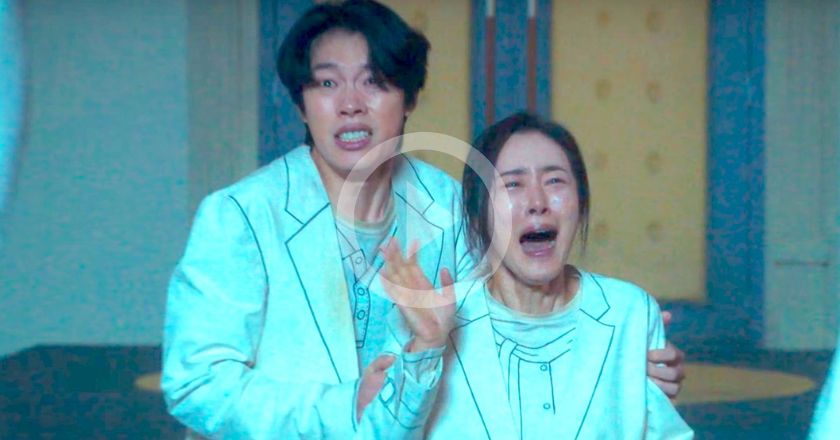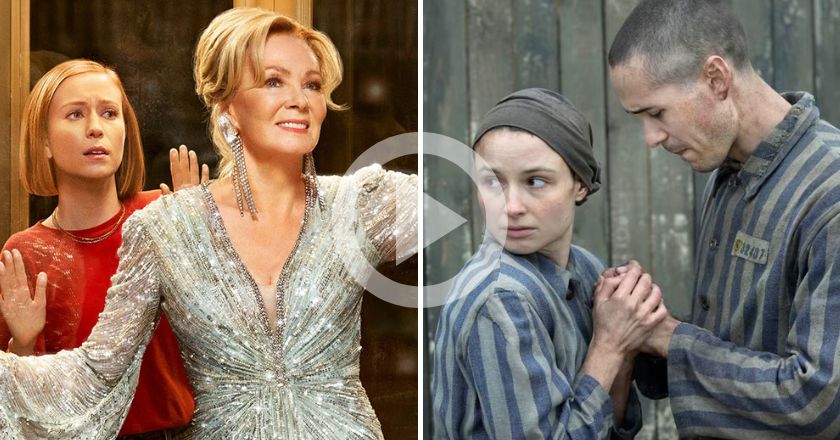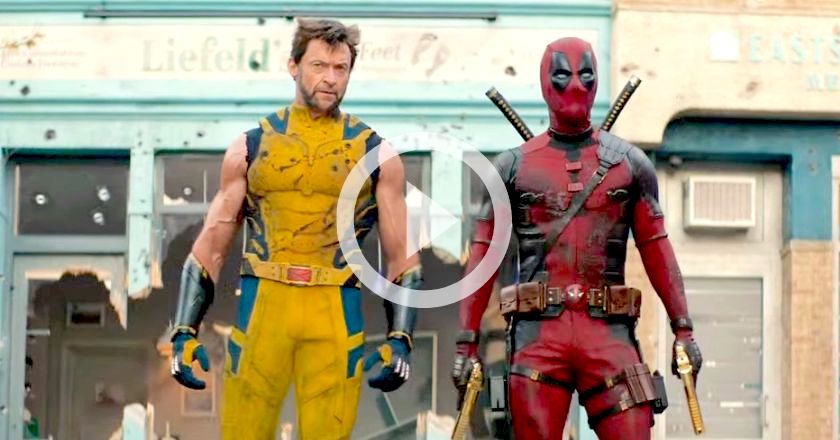
Richard Fleischer’s 1973 science fiction movie, Soylent Green, is a hard-boiled detective yarn set against the backdrop of a dystopian future, ravaged by the effects of overpopulation and the greenhouse effect.
The year is 2022 and the Earth is running on empty. The soil and seas have been poisoned by industry, and population growth has strangled the planet. Set in a crammed, breadline New York City, there is so little room that people sleep on stairways, and the majority of the population exist on rationed food cubes (the titular Soylent Green, as well as Soylent Red and Soylent Yellow). Opportunism is rife, and luxury is seized with both hands whenever it presents itself. It is a world of food riots, unemployment and endless stifling heat.
Predictably the ruling classes live a little differently, in guarded tower blocks with free access to luxuries. When a major corporate bigwig is murdered in his apartment, Detective Thorn (Charlton Heston) is assigned the case by Chief of Police Hatcher (played by Star Trek alumnus Brock Peters). As he delves deeper into the investigation, with the help of his friend and associate Sol (Edward G. Robinson), he begins to uncover a sinister, disturbing conspiracy.

Dealing with hot topics such as climate change and overpopulation, Soylent Green addresses some very prescient themes which are even more relevant today than at the time of release. The consequences of unchecked industrialisation and population growth predict a grimy, asthmatic future of poverty and violence.
There is cynicism infusing every aspect of Soylent Green. The sense that irreparable damage has already been done. From Sol’s pining for better days, to Thorn’s constant reminders that people are queuing up behind him to take his job. Even Thorn’s seemingly genuine relationship with Shirl (Leigh Taylor-Young) is hampered by their stations in society, and the disturbing role of women in this dismal future as property or ‘furniture’.
If 1960s science fiction presented us with the forward thinking, optimistic view of humanity’s future in the form of Star Trek, then the 70s reaction was to go in the opposite direction. The world of Soylent Green is one of pessimistic resignation. The end of the hippie era and the aftermath of the war in Vietnam will undoubtedly have informed the sensibilities of all those involved. The realisation that perhaps things aren’t going to be okay.
Charlton Heston, at his best, lends gravitas and charisma to a role that, on paper at least, could have been a simple generic cop part. Soylent Green is also notable for being the very last performance from Edward G. Robinson. The legendary actor, diagnosed with terminal cancer, died only twelve days after filming was completed. His scenes with Heston tasting bittersweet as a result.

Based on the novel Make Room! Make Room! by Harry Harrison, Soylent Green opens with a striking explanatory montage and then lets us immerse ourselves in the universe. The endless exposition of modern day sci-fi, mercifully absent in the 70s, and no less coherent for it.
The idea of such a resolutely negative science fiction movie being made today, with a movie star of equivalent stature to Charlton Heston, is almost unthinkable. But Soylent Green stands as a leading example of uncompromising tech noir (film noir in a science fiction setting), its influence reaching wide.
Although Soylent’s Green‘s famous denouement has been immortalised in popular culture over the subsequent three decades and is unlikely to come as a surprise to anyone with even a passing interest in the movie, that should not deter the first time viewer. There is still much enjoyment to be had from this bleak and gritty prophecy of a future we do not want.







